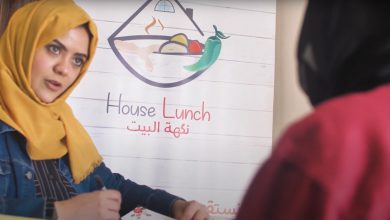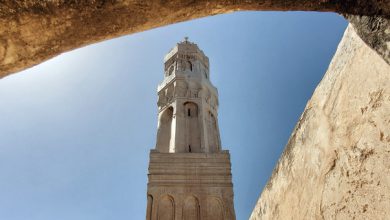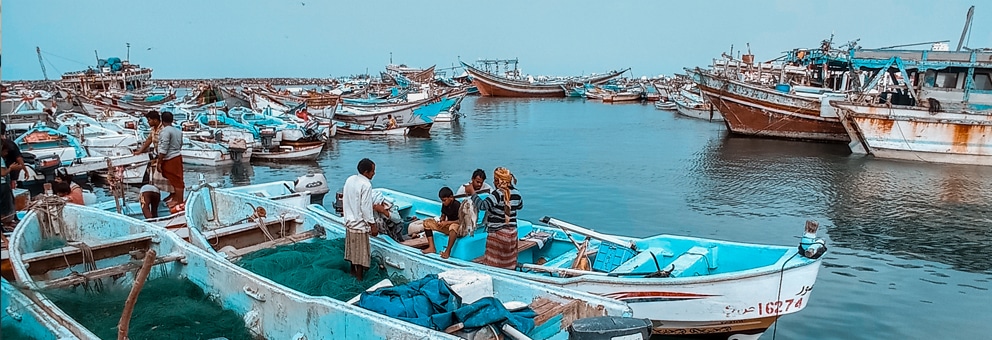
This post is also available in: العربية (Arabic)
Al-Hodeidah Governorate is one of the most important Yemeni governorates, being the second most populated after Taiz governorate, with 11 per cent of the country’s population. Its Red Sea port is the second largest after Aden’s port on the Arabian Sea.
‘Arus el-Bahr el-Ahmar (The Bride of the Red Sea) is located to the west of Yemen, with the Red Sea marked by a coastal strip that extends from the city of al-Lahia, in the far north of al-Hodeidah, to al-Khokha city at the southernmost point. At about 300 km in length, the wealth of sea life in this governorate is the largest and most important source for the gross national income of Yemen in general and Tihamah in particular.
In the middle of the coastal strip, between al-Khokha and al-Lahia, lies the city of al-Hodeidah, the capital of al-Hodeidah Governorate with its three directorates. Most of the city’s inhabitants fish for their livelihood. If you were to visit the Sabaliya neighborhood, located in the heart of al-Hodeidah, you would find at least one fisherman living in each house there. To the west of that neighborhood, on the border with the Red Sea, there is the largest and most famous fishing port in all of al-Hodeidah, where hundreds of specialized fishing boats dock. A fish market extends alongside the port’s marine life, otherwise known as the Hiraj (Forest), where people buy and sell in bulk. This market is also where fishermen go to distribute their fish to the local market or load them on boats to export.
The fish market is controlled by a group of large traders, or so-called wukala (agents). They are often the holders of capital and the ones who barter with the fishermen over the quantities of fish caught when unloaded from the boat. Whoever wins the auction gets to take the fish away to sell.
Fishing expeditions, or sea tours, vary. There are early morning day trips that end at night when the catch is divided somewhere close to the shore or the neighboring islands. And there are long-term expeditions that can last weeks or months. These trips use large, customized boats that are enough to carry dozens of fishermen with the necessary supplies to last them the intended sailing period. These fishermen are supplied with fuel and food as well as fishing gear and refrigerators, and they roam for long distances. Some even reach the shores of Eritrea and Ethiopia.
The team on the boat consists of a group of fishermen, most of whom are young men who have enough patience to endure the hardships and dangers of sailing. This, in addition to their excellent swimming and throwing skills, is why the name nakhouzhah (captain) is given to the head of the ship.
The captains tell about their sorties and how, despite their troubles and fears, these trips continue to be a source of joy and fun. For as soon as the sun sinks into the sea and darkness prevails, worktime ends and they begin to practice rituals centered around dancing and singing songs and reciting poetry about sailors and the life of the sea. And so fishermen spend their time chewing qat and exchanging tales and stories. This all helps them dispel the desolation of the night and the sea and the harshness of waves and winds.
Fishermen stay at sea until their supplies of fuel and food run out, then they return to the port to unload and sell their cargo hoping to earn their livelihood in exchange for their hard and painstaking efforts. This back-breaking work shows on the fishermen’s physical features. For their skin is usually golden-tan in color or covered with golden hair because of their exposure to the sun for prolonged periods of time. And on their palms there are usually clear cracks and a hardness as a result of their handling of the fishing nets and ropes.
The fish market in al-Hodeidah is a key tourist destination for visitors from other cities, especially those coming from Sana’a. Tourists usually frequent the region in the winter season, as it is the season of shrimp and other types of seafood. It is noteworthy that tourism has noticeably contributed to the revival of the market and increased the income of fishermen and merchants.
Photo Essay – The Daily Saga of Yemen’s Fishermen:








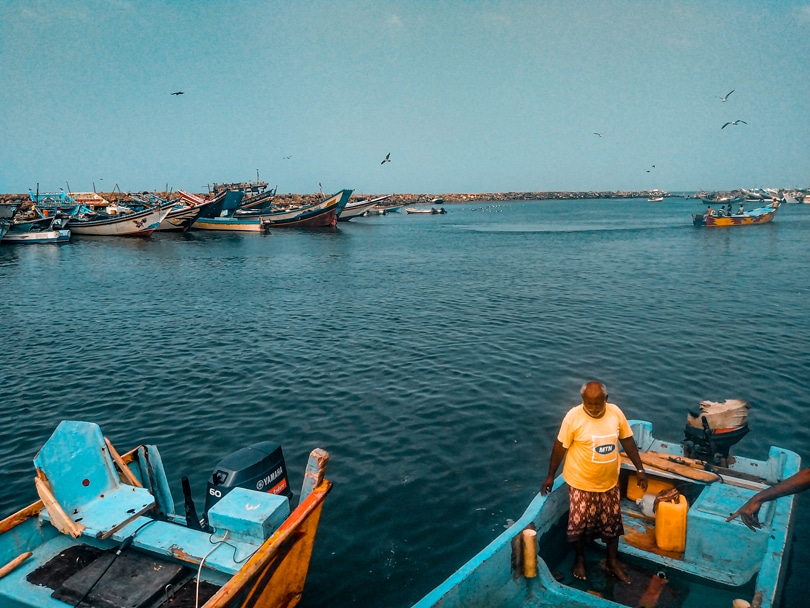


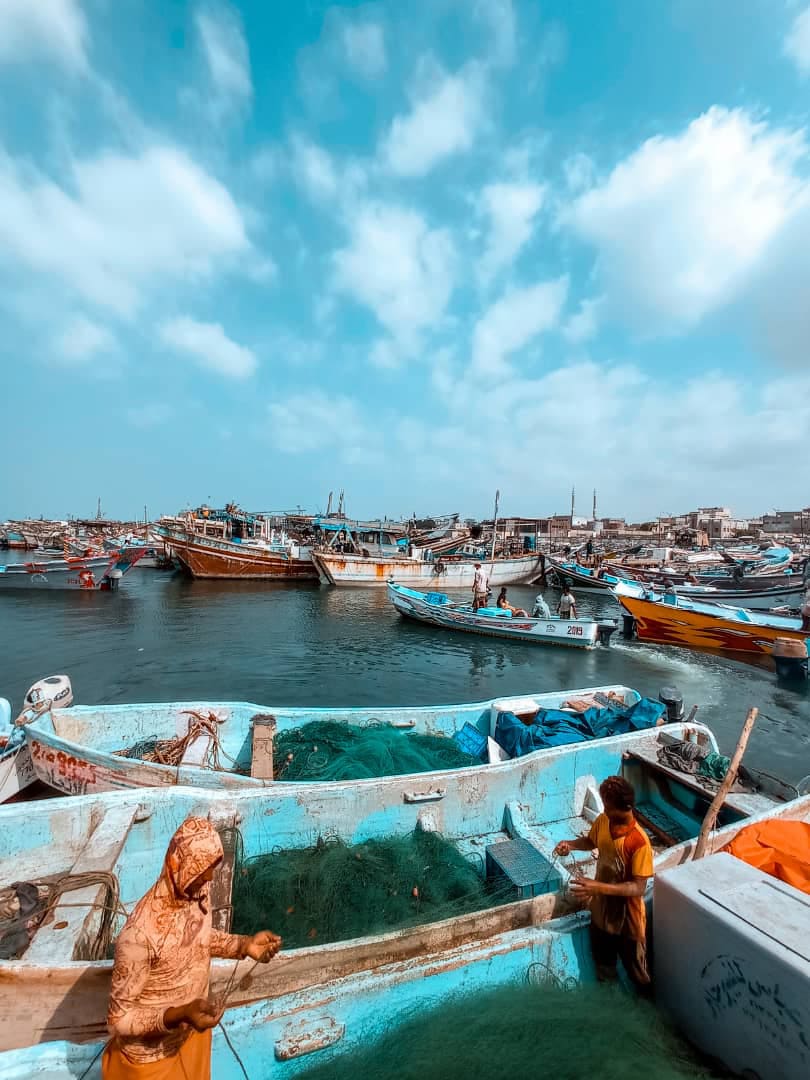
Translated by: Nicole Fares

